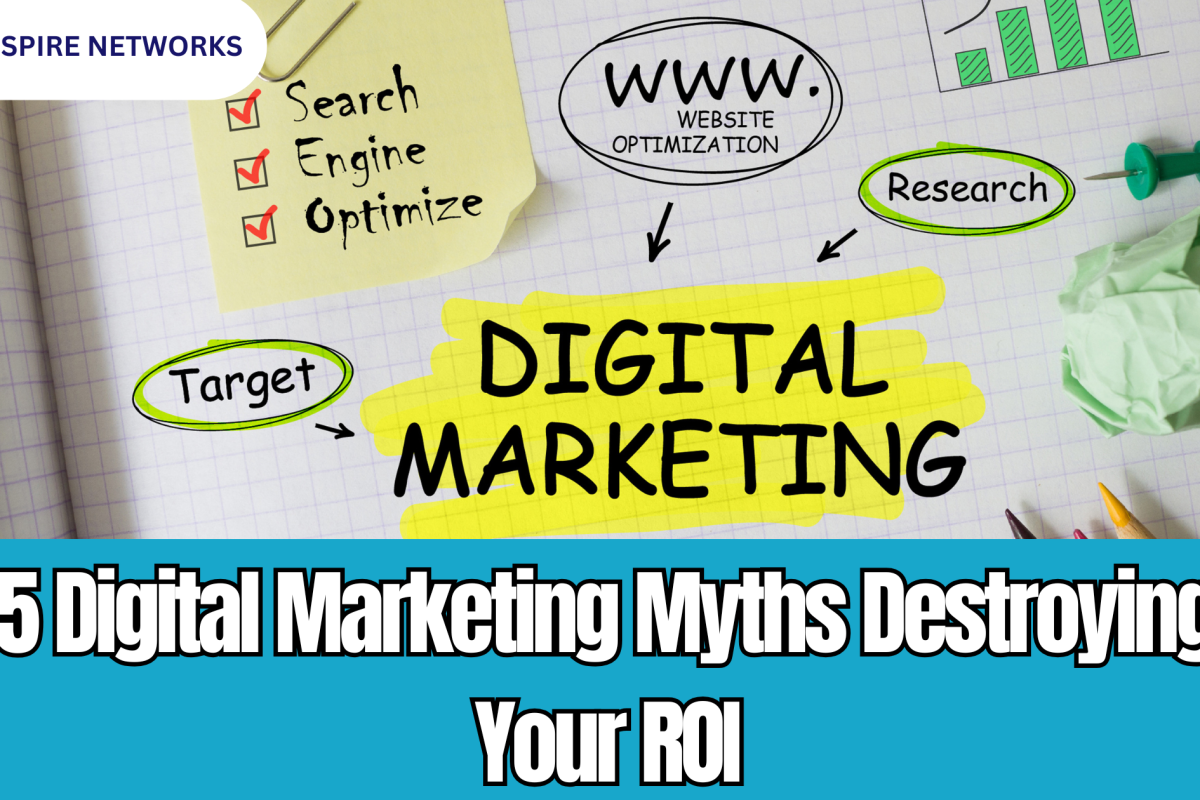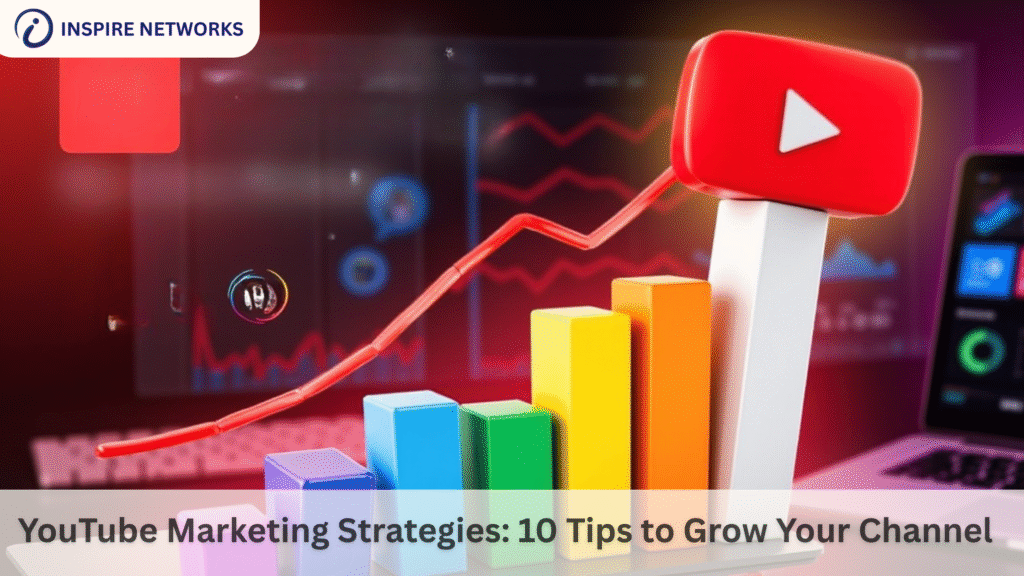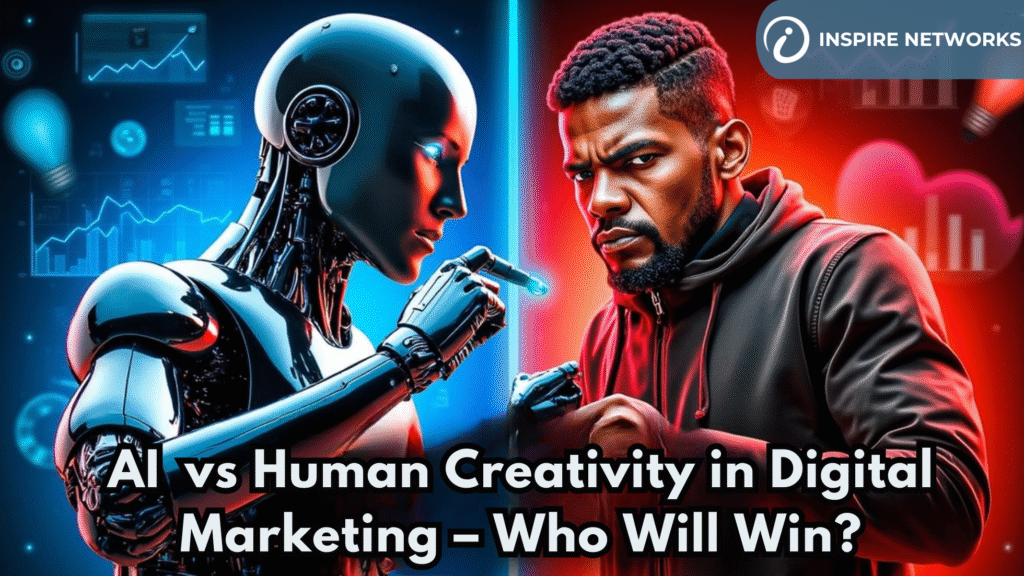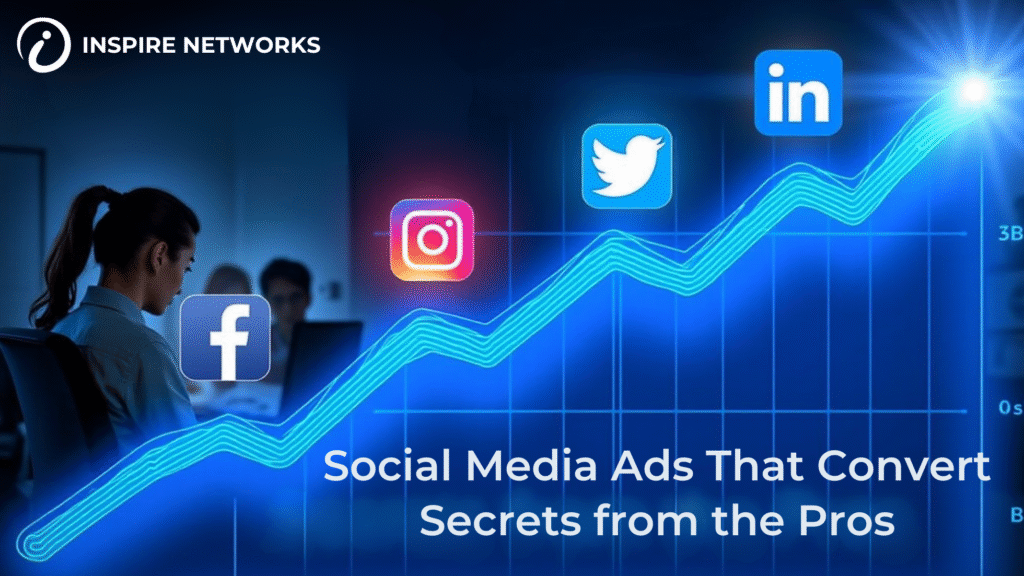Introduction
Today, marketing has come a long way since billboards and brochures in a digital business world. Digital marketing provides greater precision, reach, and measureable returns than ever before. But as companies rush to leverage tactics on the Internet, they often get seduced by myths that suck time, money and ROI. And these myths get regurgitated with no vetting at all and spread in boardrooms and WhatsApp groups, flawed and expensive campaigns built on top of them.
If you are considering investing in the potential gains offered by digital marketing — search engine optimization, social media, paid advertisements, email campaigns or any media — you must separate the facts from the myths. In today’s blog, we are going to smash a few of the most destructive digital marketing myths that could be undermining hit-and-miss success and what to do instead.
“More Traffic Means More Sales”
One of the most dangerous myths in digital marketing. Traffic is, of course, very important, but not all traffic results in conversions. While you may be getting thousands of visitors, if they are not your target, they will never buy.
Truth:
Focus on quality over quantity. Define your buyer personas, and refine your targeting approach with them, using analytics tools like OptinMonster to not only see how many people visit your site — but how many take action.
“SEO Is Dead”
Dozens of Companies have announced the death of SEO (Search Engine Optimization) after every Google algorithm change. Yet nothing could be further from the truth. SEO is different now than it was when it started around 25 years ago, but it remains one of the most cost-effective and valuable long-term marketing strategies.
Truth:
SEO is alive and thriving. You just need to adjust to the developments: improve user experience, make your site mobile-friendly, increase page speed, work on E-A-T (Experience, Expertise, Authoritativeness, Trustworthiness), and create useful content that solves real-life problems.
“You Have to You Be on of Every Social Media Platform”
Many businesses aim to be present on all platforms — Facebook, Instagram, LinkedIn, Twitter, TikTok, Pinterest — and in doing so, stretch themselves too thin.
Truth:
You have to be everywhere your ideal customers hang out. A B2B brand, for example, may achieve a better ROI on LinkedIn than on TikTok. Pick 2-3 platforms based on your goals and focus on them rather than spreading yourself thin by trying to be everywhere.
“Email Marketing Is Obsolete”
During the time of social media and instant messaging, there are a lot of marketers who think that email is not important anymore.
Truth:
Email marketing is also one of the best-returning investments in digital marketing, with a return of $42 for every $1 spent (Litmus). When used well, it can help nurture leads, build relationships and keep customers coming back. ‘Personalization, segmentation and automation are necessary for any successful email campaign.
“Paid Ads Work Instantly”
Some businesses think that if you’re just running Google or Facebook ads, then you’ll be automatically successful. They anticipate sales coming in the moment the ad runs.
Truth:
Paid ads are extremely effective, but they need to be based on strategy, testing and optimization, and the best on-site experience (landing page). Instant results are rare. ROI increases over time based on data driven decisions that are made in the campaign.
“Content Is Just About Blogging”
A lot of people believe that content marketing = writing blogs. They are disregarding other media types such as videos, infographics, case studies, eBooks, podcasts, and so forth.
Truth:
Diversified content increases engagement. Videos in particular create 12 times more shares than images and text combined. Adopt a content strategy that mixes and matches varied formats based on what your audience likes and how they use a given platform.
“Once You Run a Campaign, You’re Done”
For some brands, they launch a campaign and think they’re done. They don’t check the analytics or optimize on the basis of data.
Truth:
You can’t “set it and forget it” on digital marketing. Continuous monitoring, testing (A/B testing), and fine tuning are vital to higher ROI. Regular reviews, user input and competitor insight should provide the way to evolve.Competitive Benchmarking Not only is it good to get a picture of what others may be doing wrong, but you should also see where competition is contributing to their success And it all starts with their mistakes.
“A Bigger Budget Always Wins”
The brand with the fattest budget wins the game – or so the thinking goes. Money is important, but it isn’t everything.
Truth:
Strategy beats spend. Not even if you’re a small business with a small budget And not even if you’re competing in a large market and up against the big players Smart targeting good message offer of value and you can outperform a big company. It’s not just about budget; efficiency is a determinant of success.
“Your Brand will be Destroyed by Negative Comments – Don’t Engage”
Certain brands prefer not to communicate online for fear that negative feedback will create bad press. So they remain silent.
Truth:
Ignoring customers — especially disaffected ones — only makes things worse. Through responding to criticism there is accountability that cultivates trust. Brands that are human and real and get interactive on social media perform better in the long run.
“Digital Marketing Isn’t for My Industry”
This myth especially circulates in more traditional or B2B worlds. Some people think that digital is only for eCommerce and cool brands.
Truth:
Digital marketing can work for any business in any industry. It’s about finding the best fit, whether you decide on LinkedIn content for B2B, local SEO for services, or YouTube explainer videos for complex solutions.
Conclusion
Digital marketing has an amazing amount of potential for businesses — how can so many leads and sales pass you by? But to go chasing into myths can lead to wasted budgets and poor decisions — and then to a feeling of being let down. The key is to remain informed, data-driven, and customer-centric.
Get out of this myths and engage your digital strategy with clarity and confidence. Emphasize value over volume, strategy over trend-chasing and learning over assumptions. That’s how you truly get the ROI that digital marketing says it’s going to provide.








